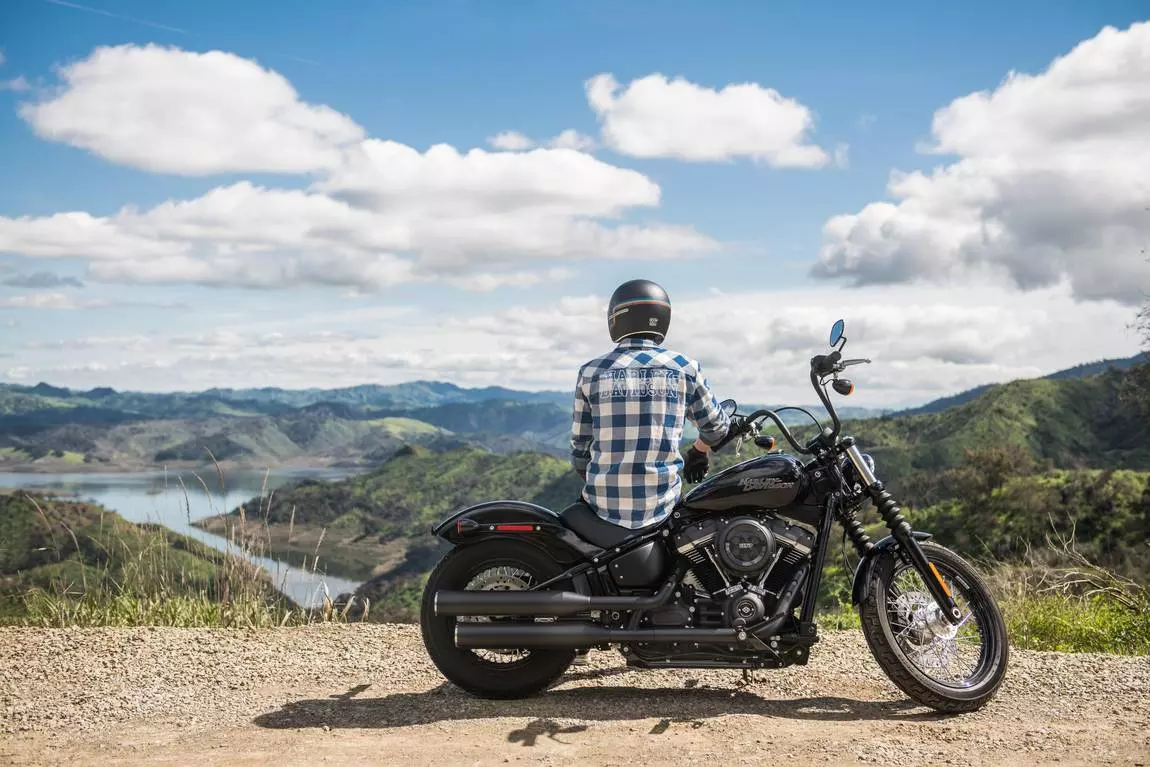There are a lot of styles of motorcycles available, and one of those is a touring bike.
Brands like Harley-Davidson offer touring bikes, and some people prefer this style because it comes with numerous benefits especially for long-distance riders.
The following are five things to know about a touring motorcycle if you’re considering one or you want a motorcycle but you aren’t sure what style to choose.
1. The Basics
A touring motorcycle is built for being on the open road. The bikes tend to be big and have powerful engines because people going farther distances on their bikes need to bring luggage, and often a passenger as well. It’s the strong engine and large size that facilitate these things.
The size, while it’s a perk for many, can be challenging for people who are new to motorcycles. The weight and power make a touring bike more challenging to manage.
Within the larger category of touring motorcycles, there are different subtypes.
For example, there’s a sport tourer meant to cover distances at fast speeds. There are adventure tourers, which are for long-distance off-road and also on-road riding, and there are full-dress tourers, which are for paved roads and often have a lot of accessories, as well as windshields.
Some of the models of touring bikes that are especially popular include the Harley Davidson Electra Glide, the Honda Gold Wing, and the Kawasaki Vulcan.
A touring motorcycle will generally have a larger gas tank too, which is one more way these bikes are made for longer-distance traveling.
2. Understanding Touring
While theoretically, any type of motorcycle can be used for touring, specific models are going to better address the needs of long-distance travel.
Along with the features listed above, a touring motorcycle may have an upright seating position that’s more relaxed. They have a high ground clearance in many cases, so they can be good for off-road tours as well.
The term touring just means that you’re taking a long ride on your bike. It’s a road trip on your motorcycle, and you’re focused on enjoying road riding.
If you haven’t done touring before, you want to give yourself some time to get used to riding longer and longer distances. Working your way up gradually is ideal.
3. Cost
Your budget will be one of the major factors as you decide which particular motorcycle to buy. Touring motorcycles are available at a range of prices. You can find some models that are under $8,500 to upwards of $23,000 or more. The price range means that touring motorcycles are accessible to a wide variety of buyers.
4. Pros and Cons
Some of the pros of a touring motorcycle include the following:
- Comfort: This is the biggest benefit for most people when they choose a touring bike. The comfort of these motorcycles makes it a good experience for anyone. The seats are relaxed and soft, and the handlebars are placed at a height meant to be comfortable.
- Storage: If you’re taking a longer trip on your bike, you’re going to have to bring some things with you, as you would on any road trip. A touring motorcycle is going to offer you some of the most storage of any type of motorcycle. This might include saddlebags and tour packs. Some touring bikes also have added features like heating and hair and charging output plugs.
- Fuel tank size: Touring motorcycles have large fuel tanks, so you don’t have to stop every few hours.
The cons of a touring motorcycle can include the following:
- Fuel efficiency: While they have bigger fuel tanks, touring motorcycles typically have poor fuel efficiency. They weigh more than street-style bikes, so the additional weight means more fuel is required to keep a touring motorcycle running. With gas prices so high currently, this might factor pretty heavily into your decisions.
- Maneuverability: These bikes are tough to handle simply because they’re big and heavy. They’re not designed the same way that a cruiser or street motorcycle is—they’re meant to be ridden on long, open stretches of road.
- Audio: Some touring bikes don’t have a stereo system, so you may have to use a motorcycle speaker.
- Commuting: If you’re in the market for a bike to commute on, a touring model isn’t going to be the best option. A commuter bike will usually be smaller and slimmer, with a great MPG and less storage space.
5. Passengers
Finally, many touring bikes have a large passenger seat. This means that long-distance riding will be comfortable for anyone with you on your bike, just like it is for you. A touring bike is one of the most passenger-friendly options available.
